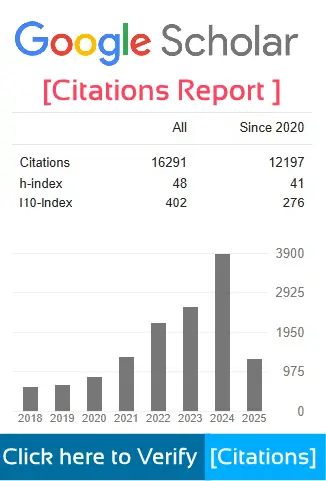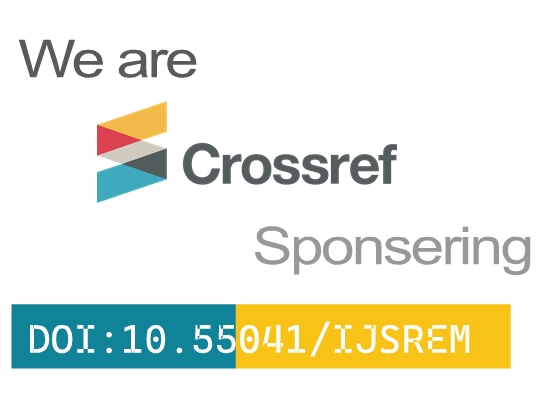Exploring Consumer Preferences: A Comparative Study of Retail Stores and Shopping Malls in Urban Areas
Ekta Sharma
Grow More Faculty Of Management, Himatnagar, S.K, Gujarat, India E-mail: ekta.sharma@growmore.ac.in
Abstract
In recent years, India's retail industry has undergone a remarkable transformation characterized by the coexistence of organized and unorganized retail businesses. This shift is not limited to Tier 1 cities but extends to Tier 2 and Tier 3 cities, where the proliferation of supermarkets and hypermarkets has been particularly noteworthy. Despite this evolution, traditional Retail stores have managed to maintain their market share. Concurrently, the competition between malls and Retail stores has intensified, driven by the rapid expansion of e-commerce and changing consumer preferences. Malls have emerged as comprehensive retail destinations, offering a wide array of products, services, and entertainment options. However, their urban-centric focus may impede accessibility for rural populations and potentially result in higher costs for consumers. On the other hand, Retail outlets strategically situated in residential areas provide a personalized shopping experience, along with essential items at competitive prices. This study aims to investigate the purchasing patterns of local Barasat shoppers within the context of the "Malls vs. Retail Stores" debate. Through an in-depth analysis of customer preferences, we seek to identify the key factors influencing purchasing decisions. The insights garnered from this research will be invaluable for retailers and policymakers, enabling them to formulate effective strategies that align with consumer demands and enhance the overall shopping experience. As India's retail landscape continues to evolve, understanding these dynamics becomes essential for the industry's sustainable growth and development.
Keywords: Malls vs. Retail stores, Customer preferences, Retail industry, Shopping behavior, Customer experience, Local customer behaviour.








